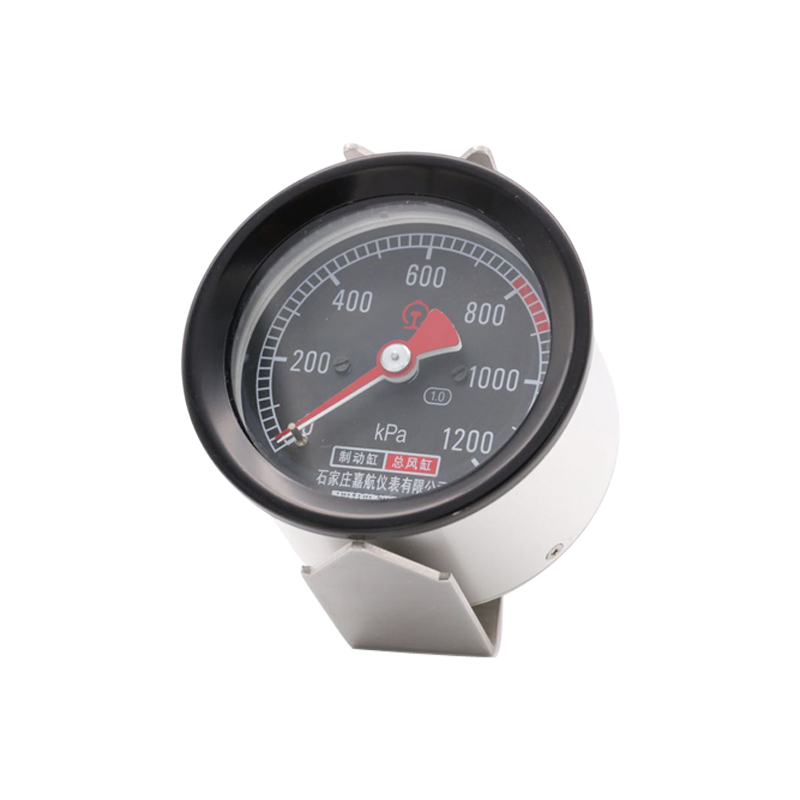
Nov . 11, 2024 02:35 Back to list
Innovative Square Root Differential Pressure Gauge for Enhanced Measurement Accuracy and Performance
Understanding Square Root Differential Pressure Gauges
In the realm of industrial measurement and control systems, accuracy and reliability are paramount. One of the key devices that serve this purpose is the square root differential pressure gauge. This instrument plays a critical role in various applications, especially in the measurement of flow rates in pipes.
What is a Differential Pressure Gauge?
A differential pressure gauge is an instrument designed to measure the difference in pressure between two points in a system. It operates by utilizing a sensing element that reacts to pressure changes, converting the differential pressure into a visual reading on the gauge face. The readings can often be expressed in various units such as psi, bars, or kPa, depending on the application requirements.
The Role of Square Root
The square root aspect comes into play primarily when using the differential pressure gauge to calculated the flow rate of fluids, be they gases or liquids. The relationship between flow rate and differential pressure is not linear; instead, it is proportional to the square root of the differential pressure.
This square root relationship arises from Bernoulli’s principle, which states that an increase in the speed of a fluid occurs simultaneously with a decrease in pressure or potential energy. For many flow measurement applications, especially through orifices, nozzles, and vents, the flow rate (Q) can be related to the differential pressure (∆P) by the formula
\[ Q \propto \sqrt{\Delta P} \]
To derive an accurate flow measurement from a differential pressure reading, the gauge must therefore be configured to output a signal that represents the square root of the measured differential pressure
.Applications
square root differential pressure gauge product

Square root differential pressure gauges are widely utilized across various industries. Common applications include
1. Fluid Flow Measurement In industries such as oil and gas, chemical processing, and water treatment, accurate flow measurement is crucial for monitoring and controlling processes. The square root differential pressure gauge provides a reliable means of quantifying this flow.
2. HVAC Systems In heating, ventilation, and air conditioning systems, maintaining appropriate airflow rates is essential for efficiency and comfort. These gauges help in ensuring that airflow is within specified limits by measuring pressure drops across filters, coils, and ducts.
3. Level Measurement In tanks or silos, differential pressure gauges can also be used to determine the level of liquid by measuring the pressure difference between the bottom and top of the liquid column. The square root function is employed here to relate the pressure reading to the liquid level.
Advantages
The use of square root differential pressure gauges comes with several advantages
- Accuracy They provide accurate readings for flow calculations, which is critical for process optimization. - Simplicity The design and operation of these gauges are straightforward, making them user-friendly and easily maintainable. - Robustness They are built to withstand harsh industrial environments, ensuring longevity and consistent operation over time.
Conclusion
The square root differential pressure gauge is an indispensable tool in various industrial applications, offering a precise means of measuring flow rates and pressure differences. By leveraging the square root relationship between flow rates and differential pressure, these instruments not only enhance measurement accuracy but also contribute significantly to system efficiency and reliability. As industries continue to evolve, the importance of such measurement devices will only grow, underscoring their role in modern industrial processes. For anyone involved in the fields of engineering, process control, or maintenance, understanding and utilizing square root differential pressure gauges can lead to better decision-making and improved operational performance.
-
High-Precision 5 Valve Manifold Differential Pressure Gauge Suppliers
NewsApr.29,2025
-
High-Precision Diaphragm Vacuum Pressure Gauges Manufacturers & Quotes
NewsApr.29,2025
-
Omega Differential Pressure Gauges High Accuracy & Durability
NewsApr.28,2025
-
Low Pressure Differential Pressure Gauges Precision Solutions & Quotes
NewsApr.28,2025
-
Digital Diaphragm Pressure Gaauge Precision Measurement & OEM Quotes
NewsApr.28,2025
-
Differential Pressure Gauge China Price High-Accuracy & Best Quotes
NewsApr.28,2025
